Day 6: SA + Soweto
Today’s tidbit: “The traveler sees what he sees. The tourist sees what he has come to see.”
― G.K. Chesterton
The last few weeks I have been busy wrapping up things (trip to NY, design GMU project, trip down memory lane, Thanksgiving, Allie’s wedding and a family photo shoot). This past Saturday I did another family session that will be on the blog soon, but for now it’s back to South Africa posts!
Remember my last SA post, Day 5? As I mentioned, so far I have shared my first week of adventures and our private tour with Dornbrack Travel. Continuing with my time in SA, day 6 started the new 2 week tour, exactly 3 months from today (9.16.13)!! The tour began Johannesburg and Soweto, an urban area of the city of Johannesburg in Gauteng. I will be splitting this up in 2 parts, with today’s post focusing on Soweto and part 2 (later this week) on Johannesburg. There is so much important history in Soweto to share!
Sneak peek image:
Be sure to click below to read more and check out more pictures. Enjoy!
{recap} In case you missed any of the posts from my first exciting (and very full) week, check them out:
Day 1&2: Heia Safari Ranch part 1, part 2
Day 2: Elephant & Monkey Sanctuaries
Day 3: Rhino & Lion Nature Reserve and part 2 Harties Cableway
Day 4: Forum Homini Boutique Hotel
Day 5: Cradle of Humankind
… I know, that was all only 5 days AND before the main 2 week tour even started! And with that, onto today’s post…
{First National Bank (FNB) Stadium} Driving to Soweto we stopped at FNB Stadium, also known as Soccer City and The Calabash, is located in Nasrec, bordering the Soweto area of Johannesburg, South Africa. Read more.
{Soweto} Check it out
Soweto – melting pot of South African urban culture, rich with the history of the struggle against apartheid.
As the website states, “Soweto may sound like an African name, but the word was originally an acronym for “South Western Townships.” A cluster of townships sprawling across a vast area 20 kilometres south-west of Johannesburg, Soweto was, from the start, a product of segregationist planning. Infused with the history of the struggle against apartheid and abuzz with the energy of the city of gold, Soweto is a must-see for tourists who are looking for more than sun, sea and the big five.”
Our guide, who lives in Soweto himself, said the houses below are considered upper-middle class.
Our guide, who lives in Soweto himself, said the houses below are considered middle-lower class. Once used only for men, they are being demolished and rebuilt into family places (which you can see in the 2nd image).
The growth in Soweto is phenomenal, but there are still many living in the lowest class. Below are images that really show this and how they are living (taken from inside the car as we drove through). It opens your eyes and makes you grateful for what you have!
{Regina Mundi Church} Check it out.
As the website states,”Regina Mundi is the largest Roman Catholic Church in South Africa. The Church first wrote its name in South Africa’s history books during apartheid, when it opened its doors to anti-apartheid groups and provided shelter to activists. It was during the June 16, 1976 student uprisings, protesting students fled to Regina Mundi from Orlando Stadium to escape the police’s bullets and teargas canisters. The police followed the students into the church, firing live ammunition and damaging the marble altar and crucifix. Due to the role it played as a place of gathering for the people of Soweto in the years before, during, and after the anti-apartheid struggle, it is often referred to as “the people’s church” of “the people’s cathedral”.
We were able to see the bullet holes visible in the church ceiling and the damaged marble stand, showing evidence of the violence during these police raids and rush to evacuate. We also stood in the front of the church in the same spot Nelson Mandela once did!
Today, an impressive park has been built in front of the church with an art gallery upstairs. The art gallery upstairs (shown in pictures below) has powerful photographs and history along with messages visitors left from all over the world! Both my mom and I signed a wall and as I said in my message, it truly was a life changing experience!
The message I left behind!
At the end of the tour we signed the visitor register. Our guide, who was wonderful and has lived in Soweto since she was a little girl, not only gave a full insight to the history and her personal experience but also dug through binders full of these sheets to find the page my mom has signed a few years ago when she was there.
It was neat to see the signatures of people like Nelson Mandela, Hillary and Bill Clinton and Michelle Obama who had visited! Really a powerful and symbolic place and a must see.
Outside the church there were locals selling beautiful mosaics and beaded crafts. Some of you might recognize the jewelry (Renee, your bracelet is from here).
{arts & crafts} Out front of a primary school cross the street from Hector Pieterson Memorial and Museum, locals were selling all kinds of arts & crafts. I love all of the intricate bead work, from the cute animals to the beautiful bowls and jewelry. There is nothing better then something handmade, especially when you see it being made in front of you. I had fun here, and felt good supporting the locals!
As soon as I saw the triangle lime green + teal bowl, I knew it was coming home with me (currently on my nightstand)! So well crafted and intricate… plus my favorite colors.
While my mom and I were browsing, it was recess at the school. These boys were more interested in talking to all the tourists instead of playing. I’m so glad I went over to them, and ended up talking for a good 10 minutes. They were so sweet, friendly and interesting (and were so excited when I asked to take their picture)! Stuff like this make a day, and trip, such a memorable experience!
{Hector Pieterson Memorial and Museum} Check it out.
As the website states, “The Hector Pieterson Memorial and Museum, situated in Orlando West, Soweto, commemorate the role of the country’s students in the struggle against apartheid. The two commemorative sites are just a few blocks from where 12-year-old Hector Pieterson was shot in 1976. The museum, dedicated to preserving the memory of the 1976 uprising, is home to a collection of oral testimonies, pictures, audiovisual displays and historical documents relating to the Soweto uprisings. “
During our tour, my mom and I went down the street and saw the exact spot the shooting took place! We weren’t allowed to take any pictures inside the museum, but it really was well done and interesting! Below are a few pictures from the memorial, just outside the museum.
And that was a busy afternoon full of history that really had a powerful impact. You read and learn about events in history but it is totally different actually seeing the locations in person and experiencing it first hand.
Check back later this week for part 2, which focuses on Johannesburg.







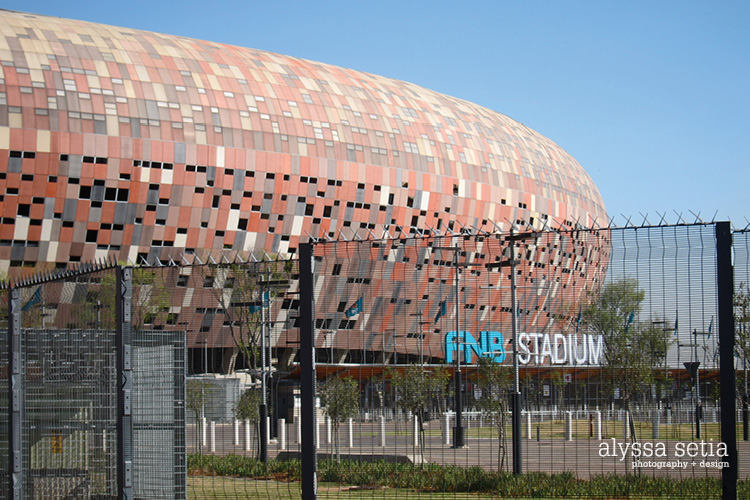
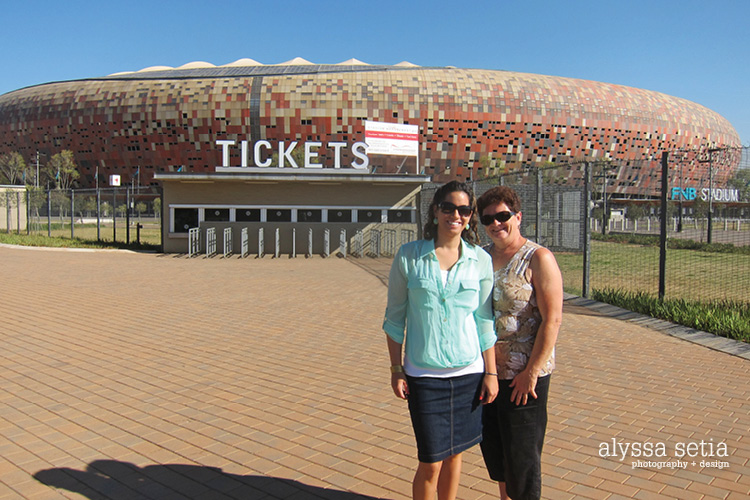
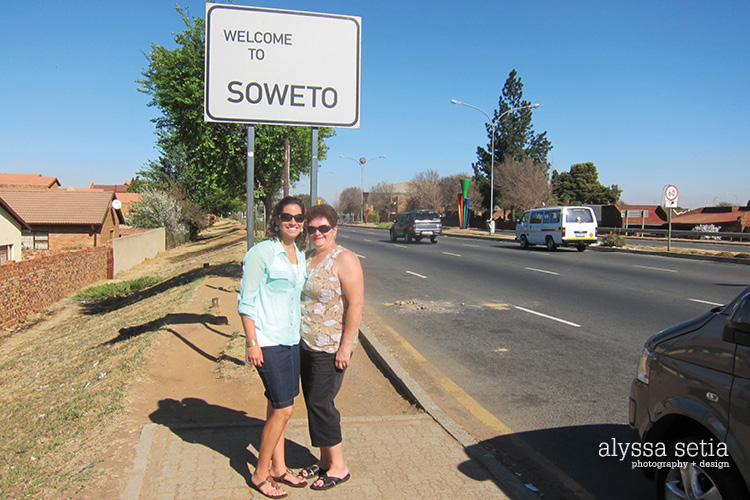
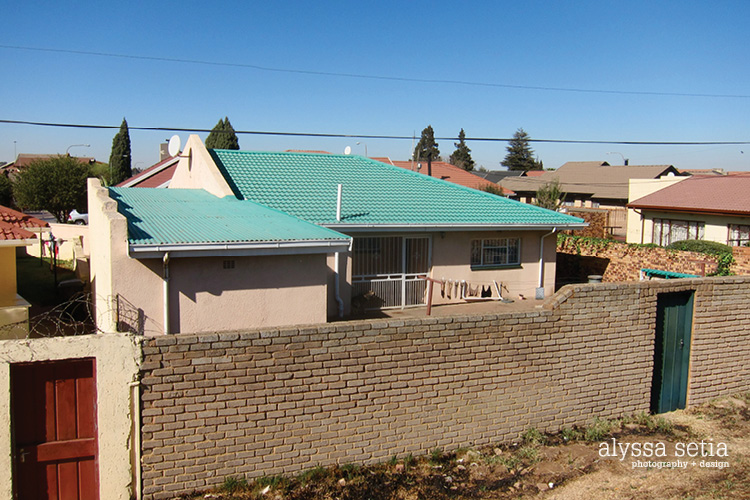
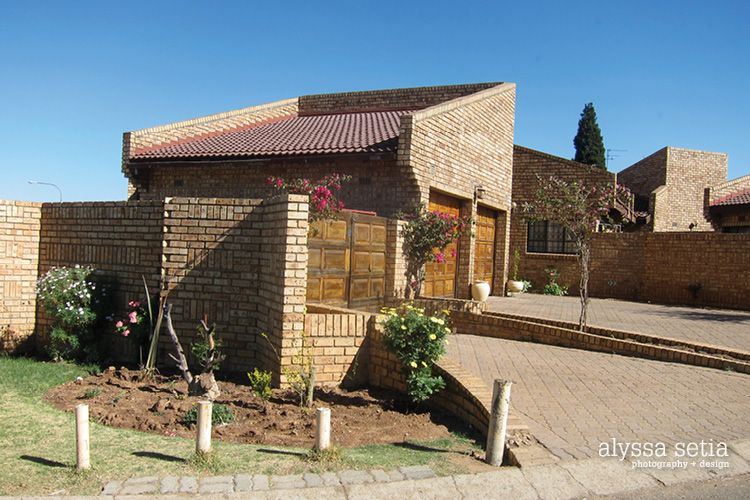
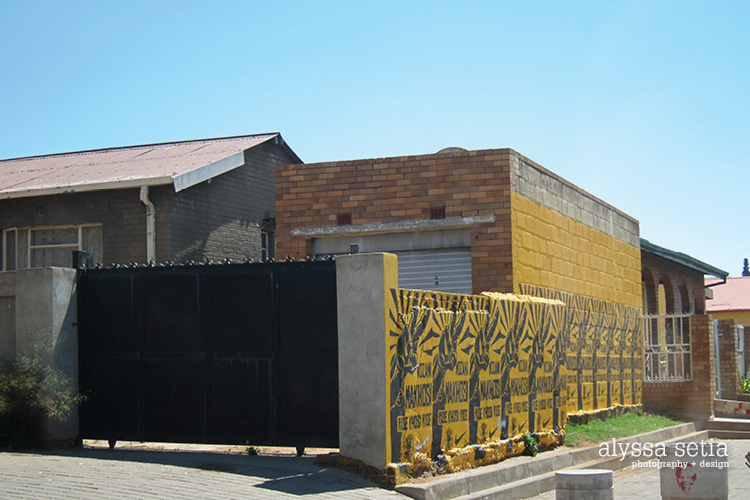
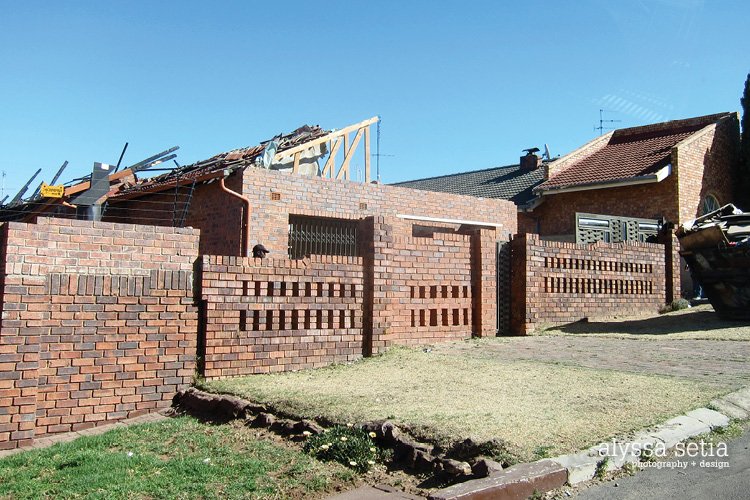
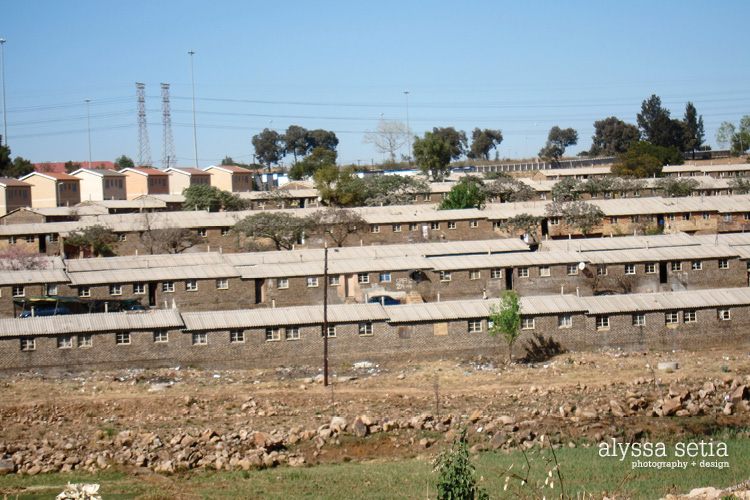
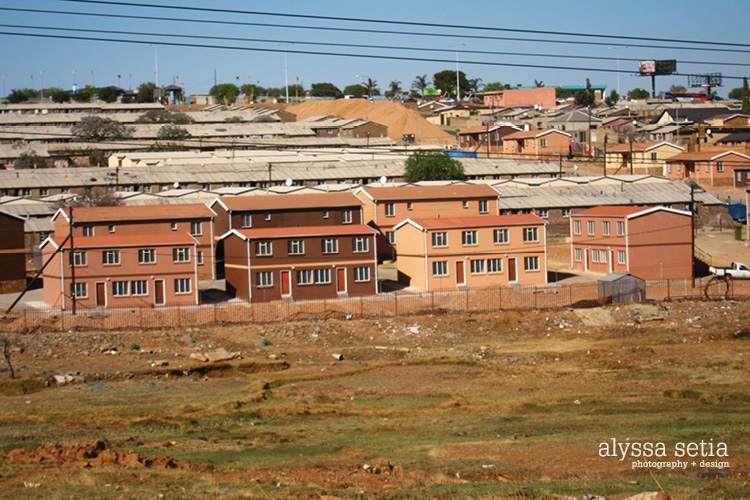
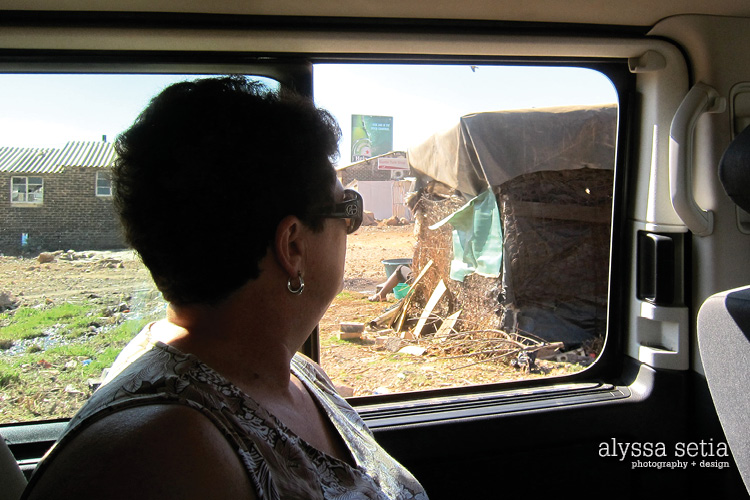
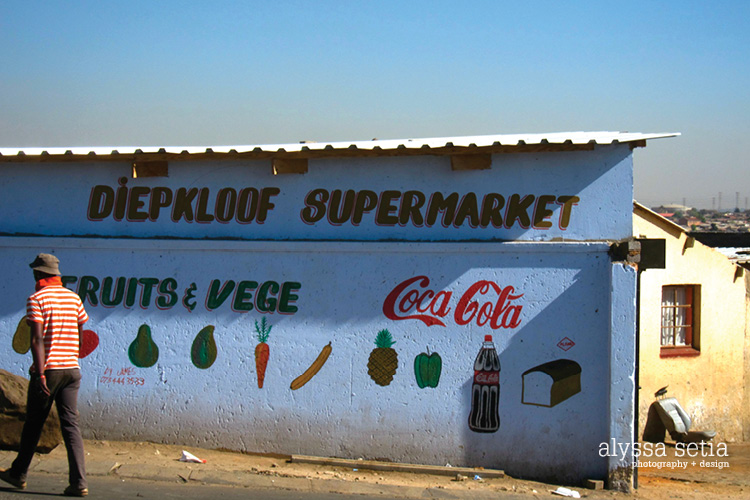
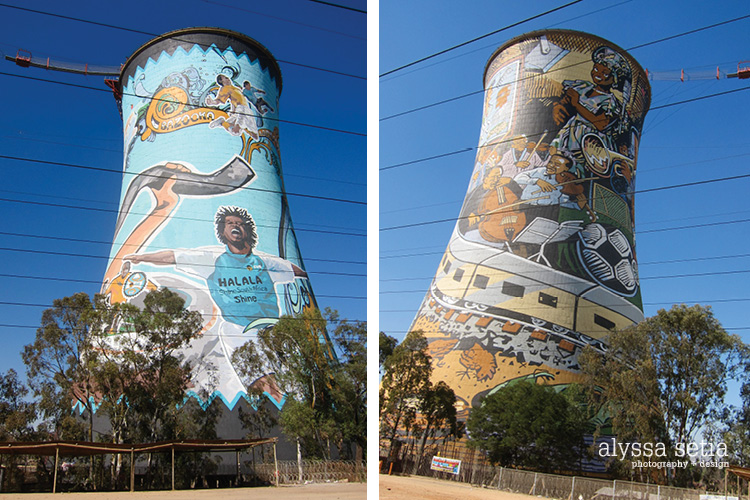

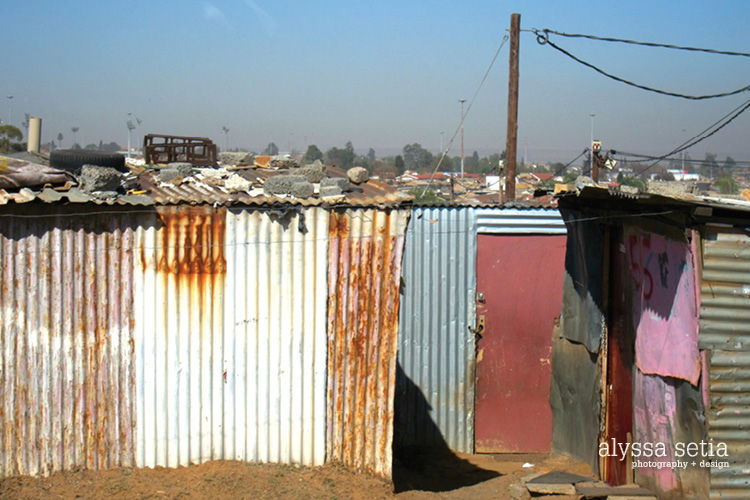
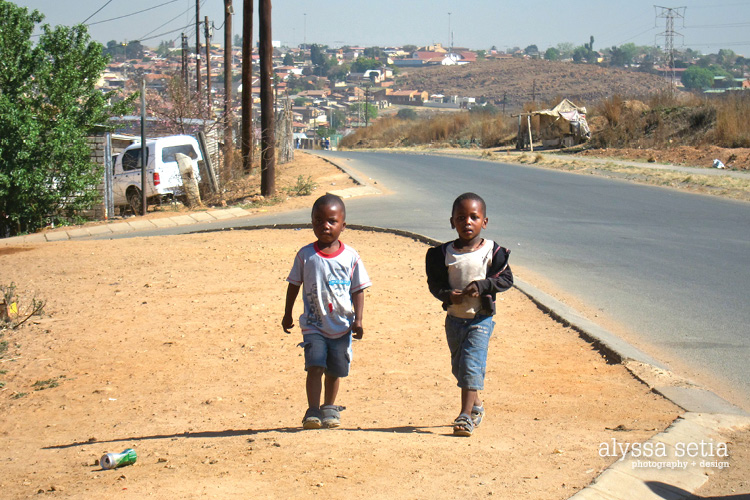
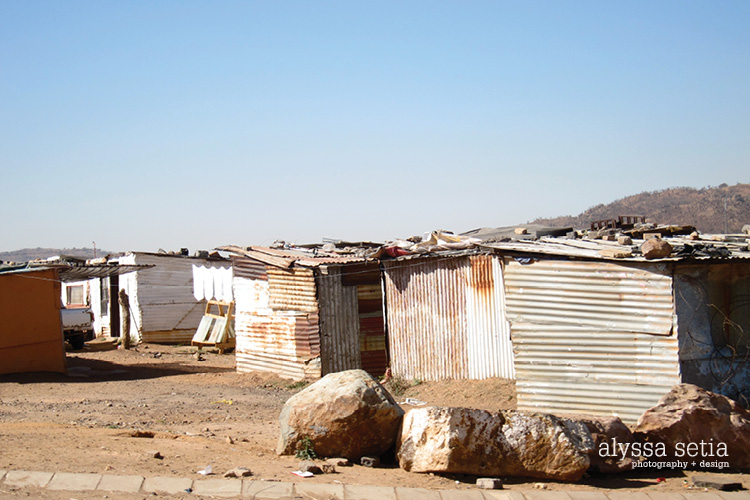
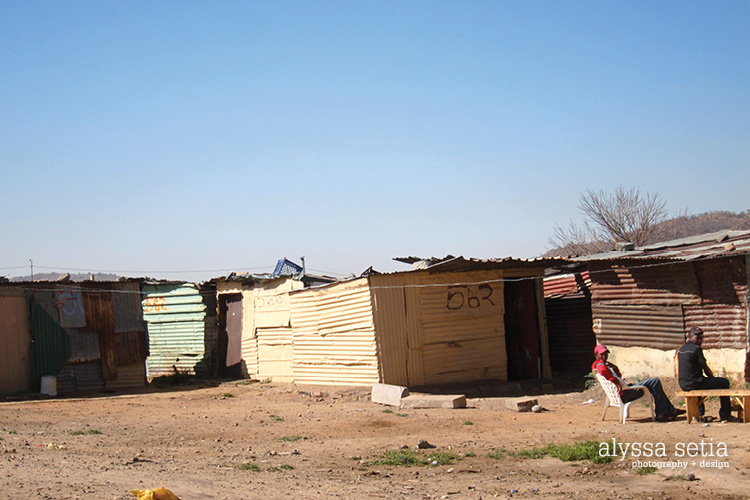
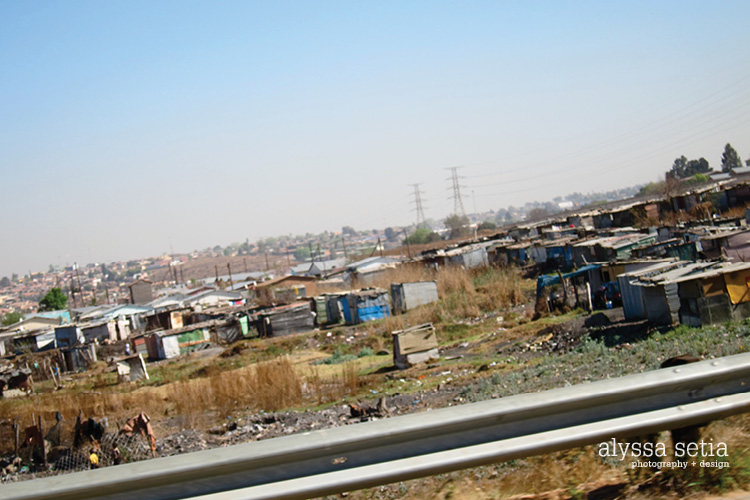
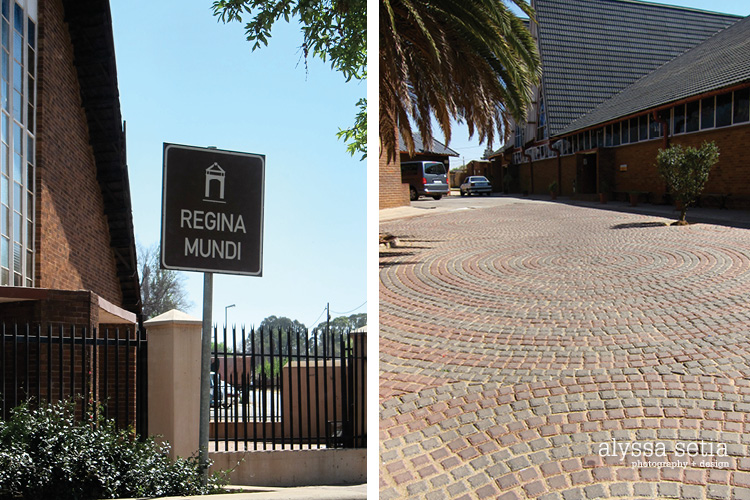
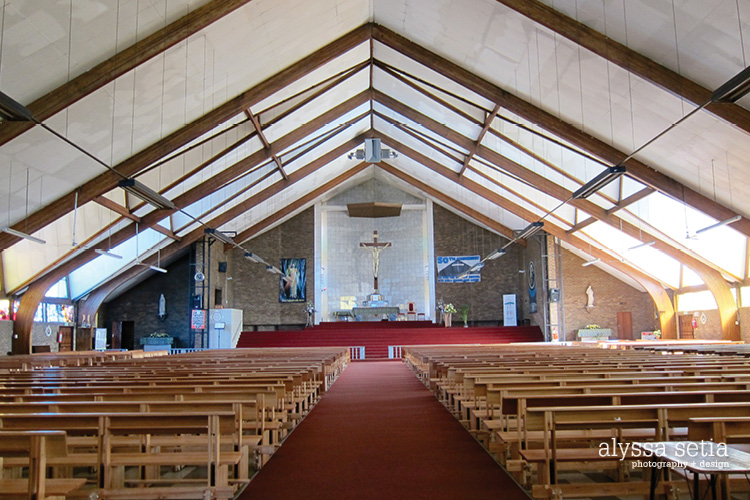
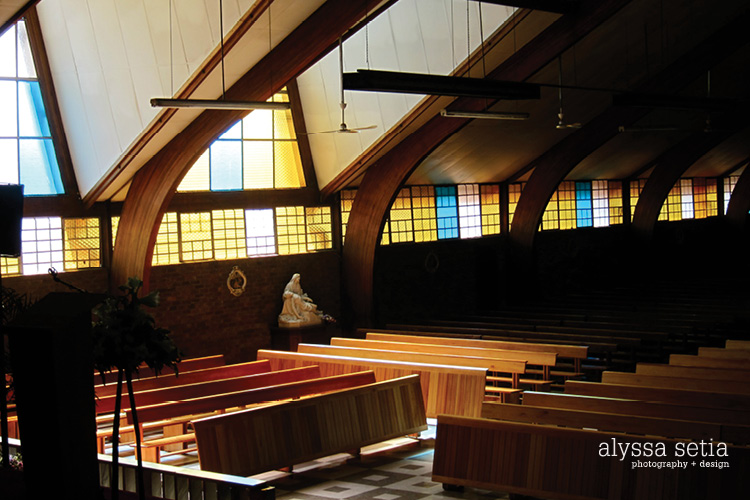
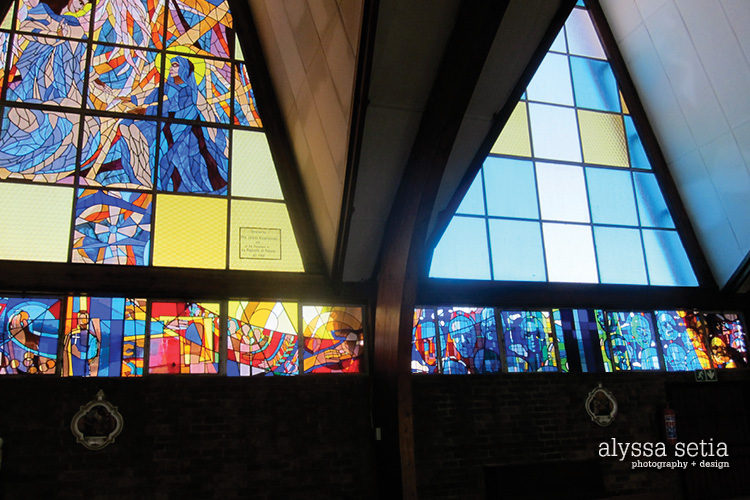
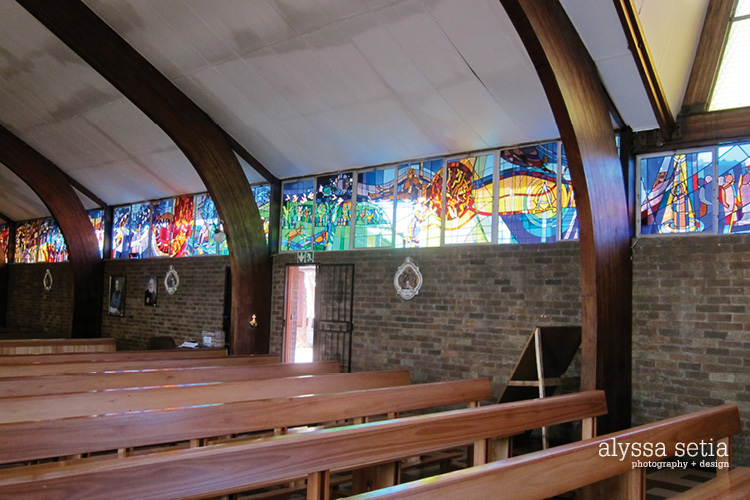
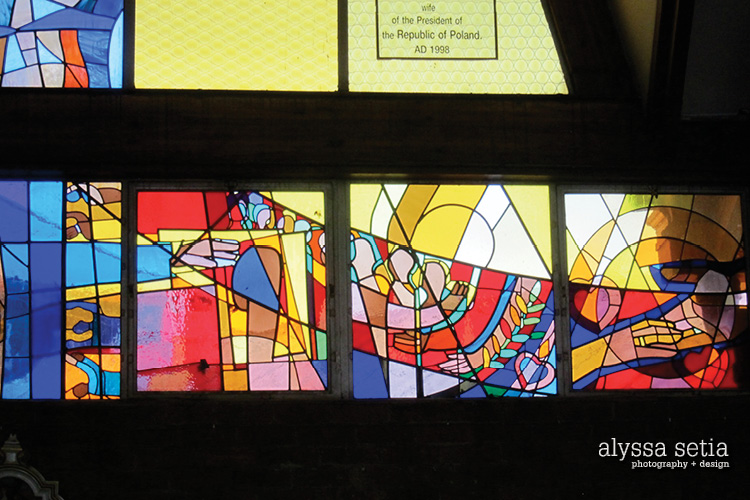
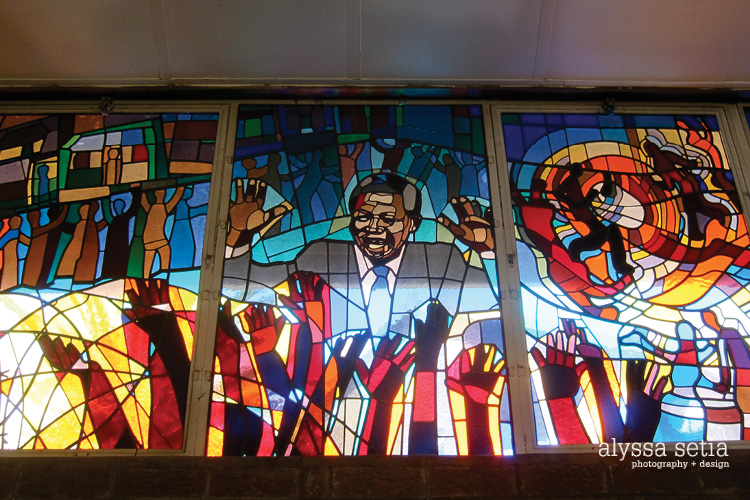
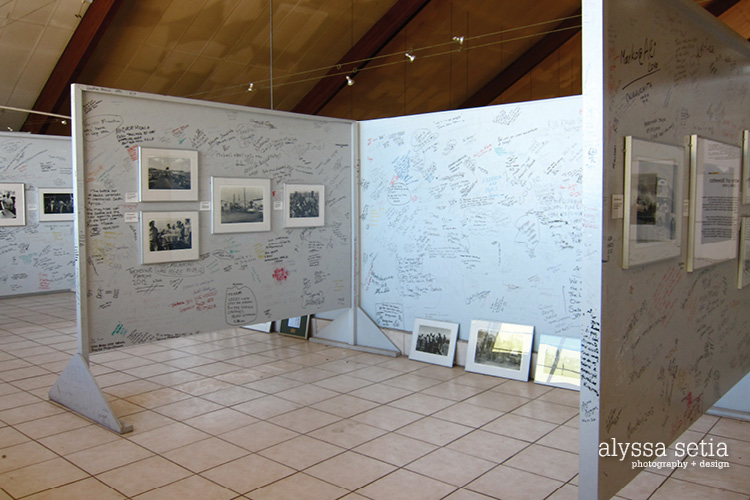
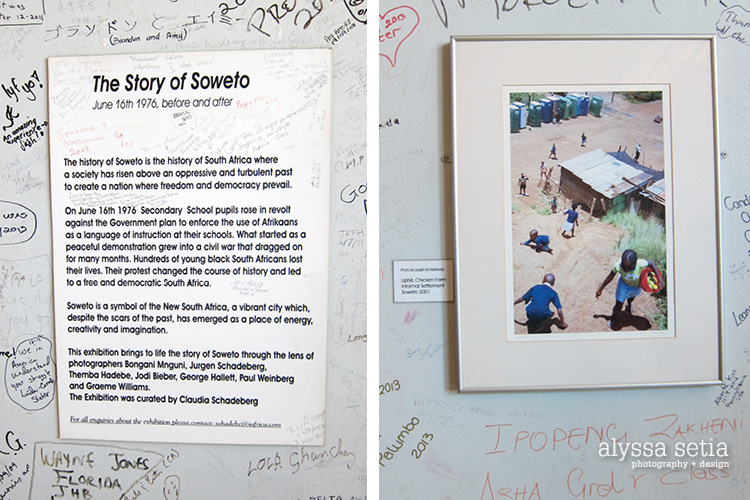
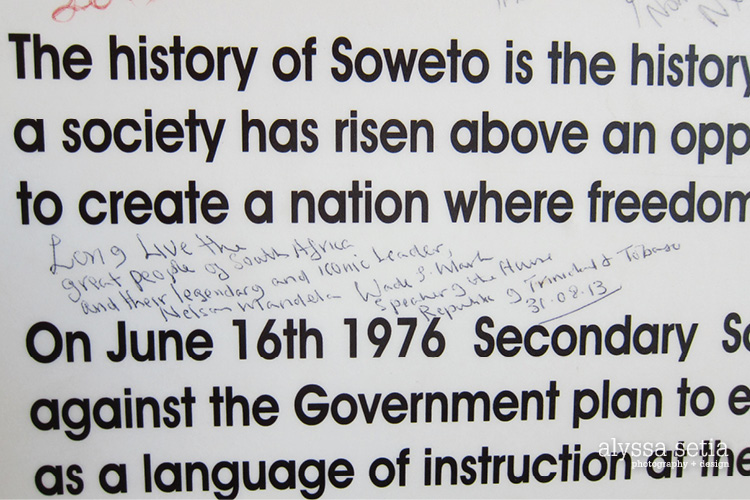
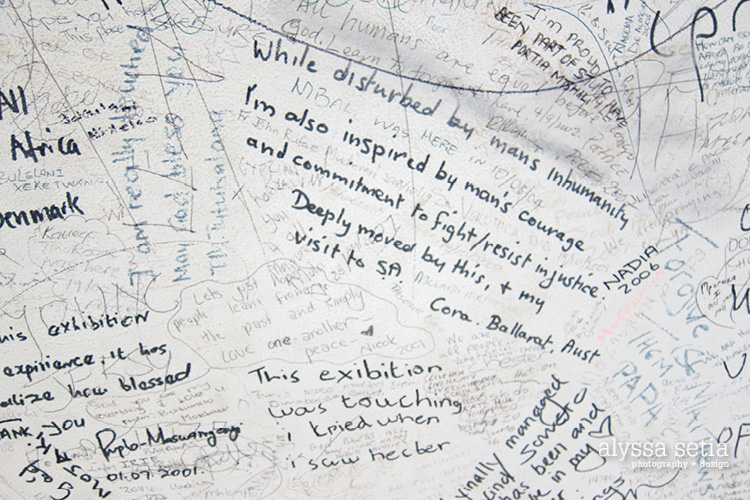
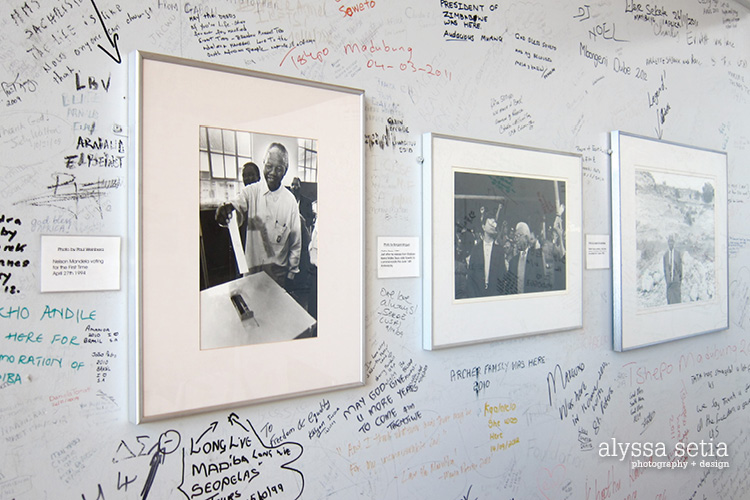

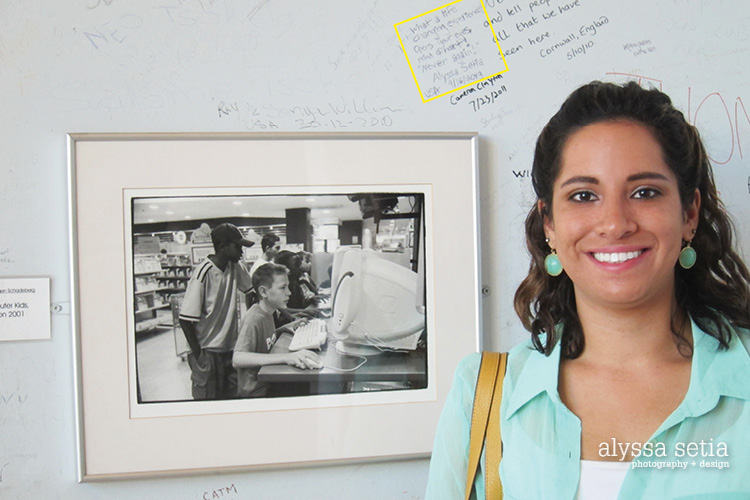
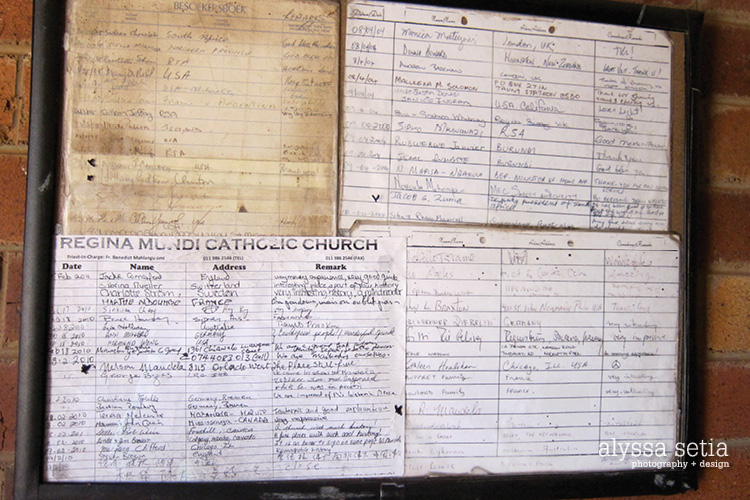
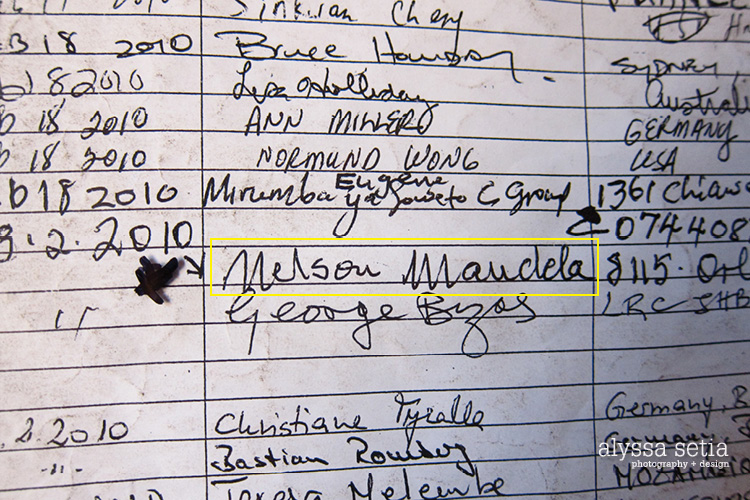
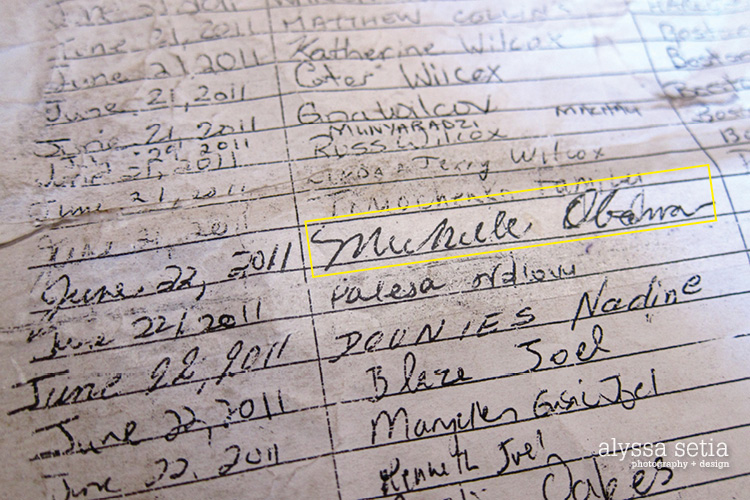
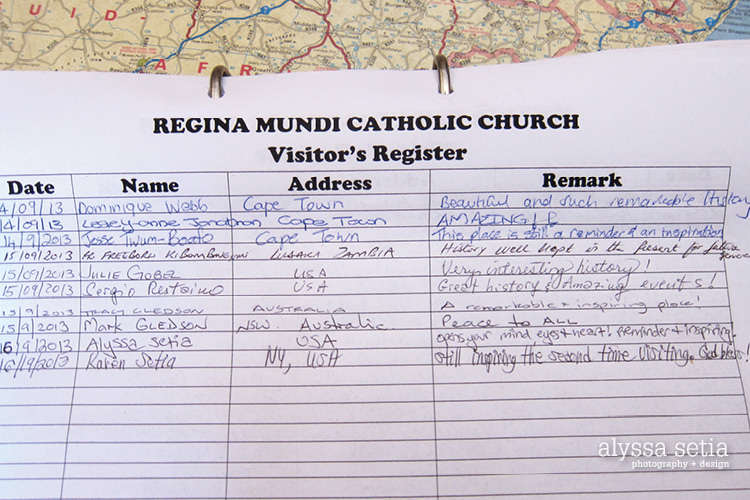
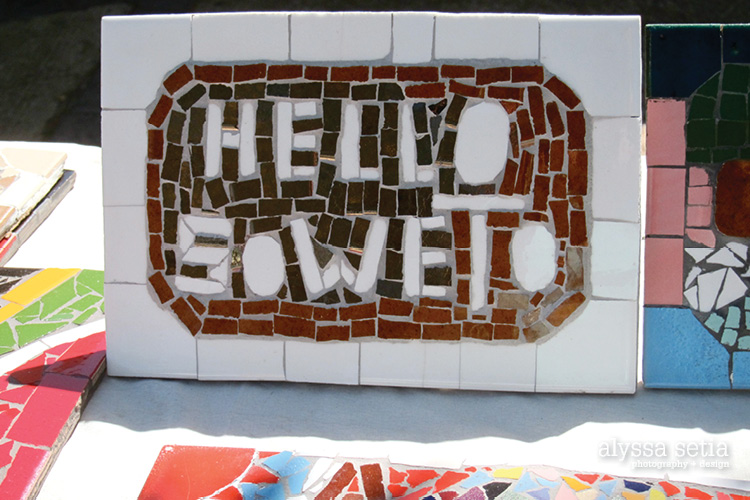
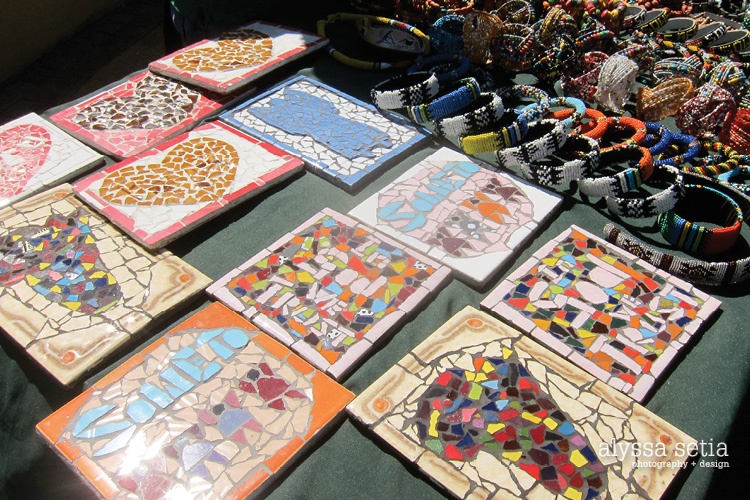
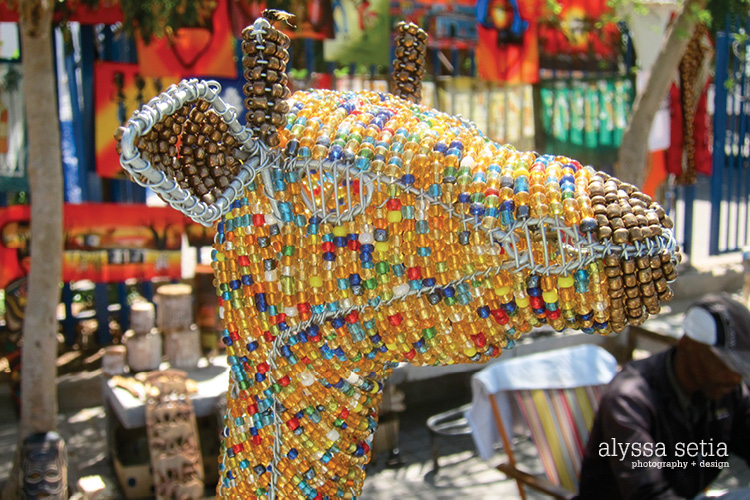
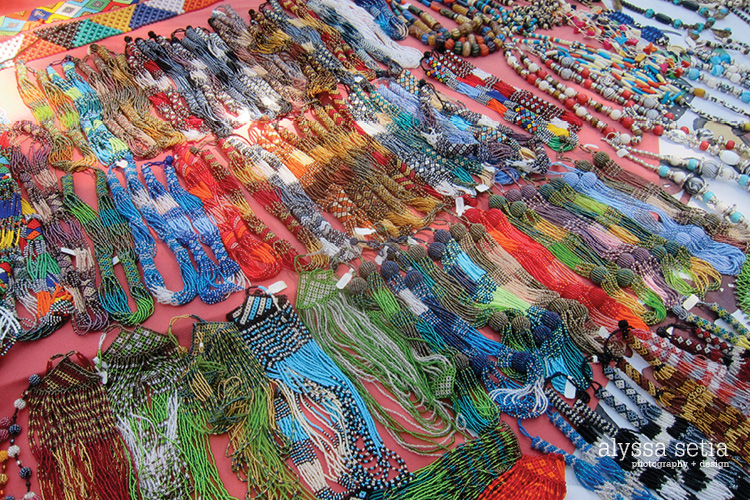
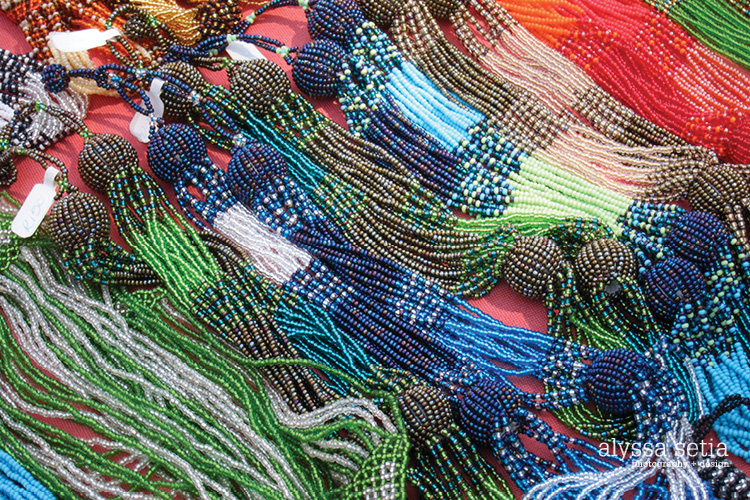


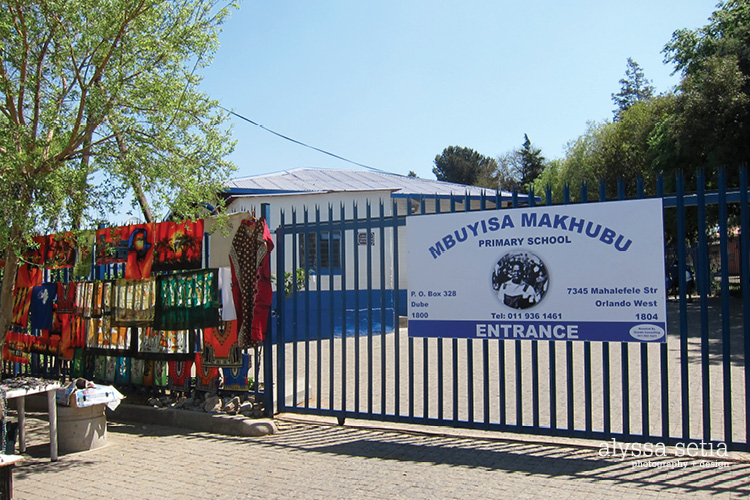
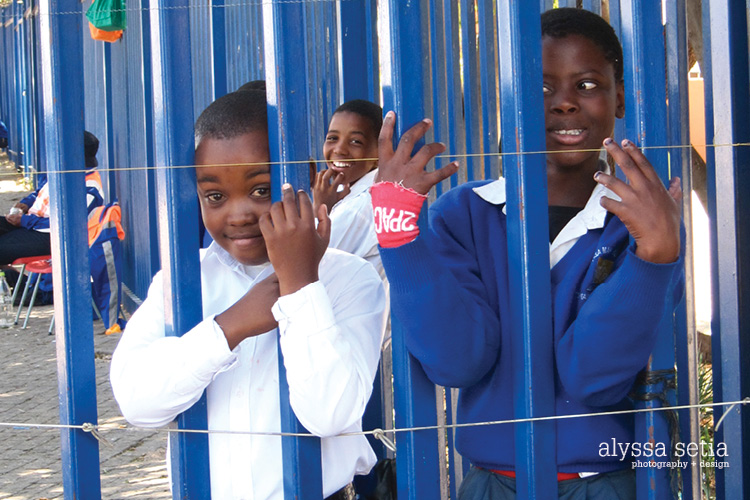
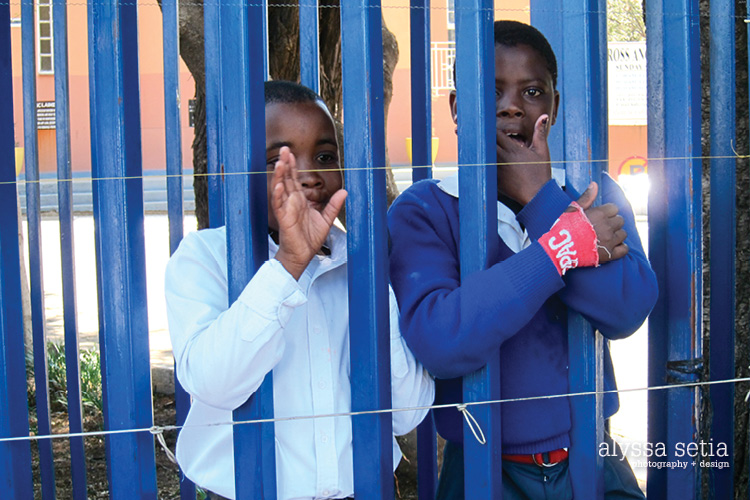
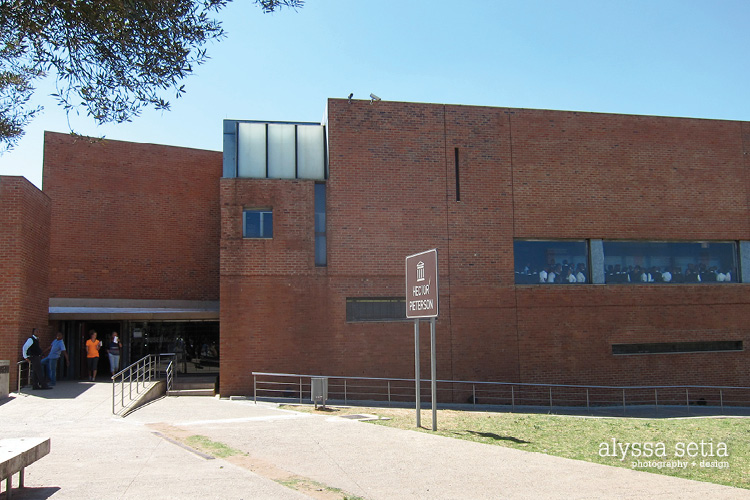
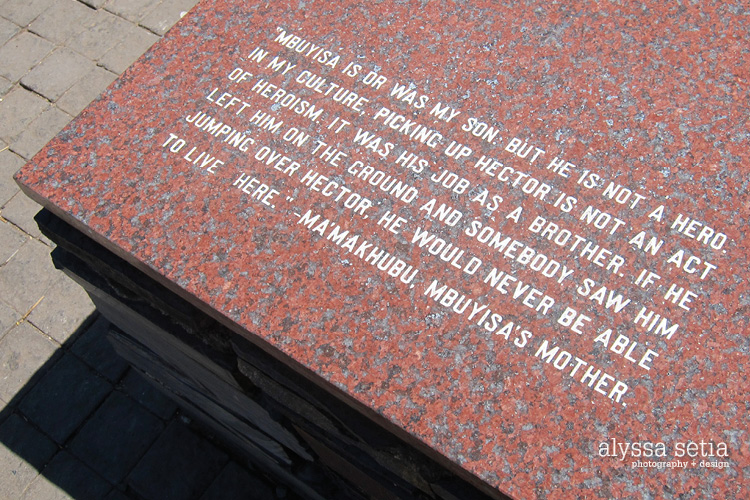
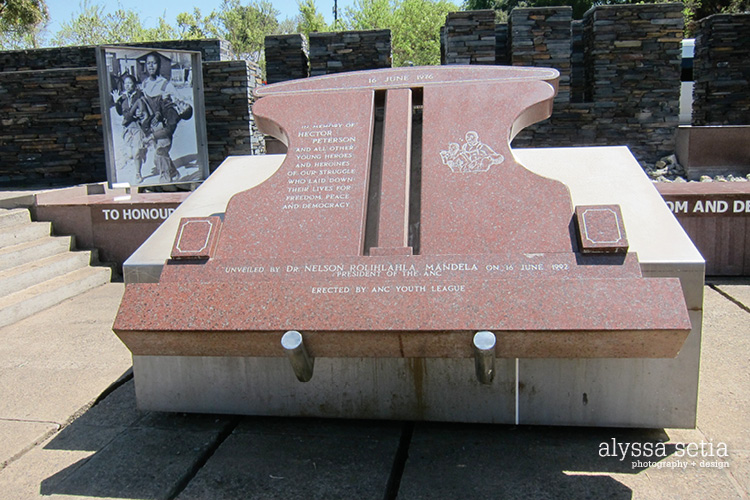
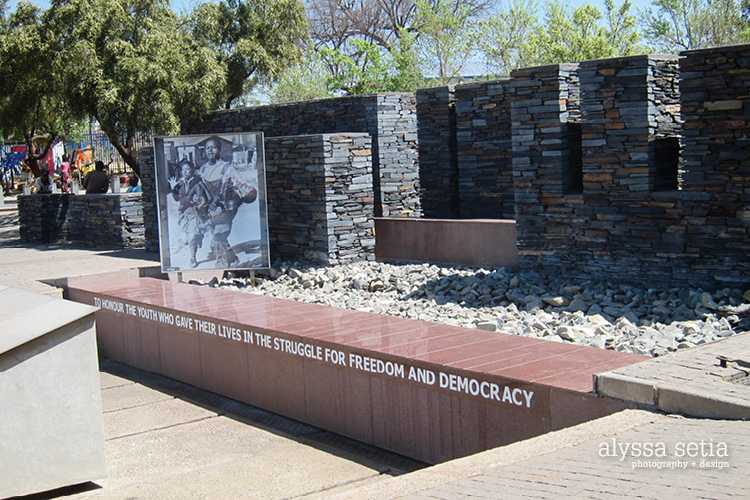
Another wonderful narration and depiction of the South African story.
If you watched Mandela’s funeral celebrations you would have seen the Regina Mundi again in the forefront as well as the stadium where the main event was held. I think those pictures are on my netbook. With recent events, everyone should have or add South Africa to the top of their travel bucket list!
Well done!
Thank you. Absolutely agree! So powerful and important. It was really neat to be able to see areas on the news and be able to say I was there.
Wow, the photos of the lower class homes … A much needed reminder about how much I have to be grateful for. Considering that I’ve been complaining recently about the house I’m renting, your photos force me to appreciate a solid roof over my head, heat, and water. I have much more than many people in this world.
Thank you for sharing!
Yes! This was my first time really seeing a township, one of many. Here we just drove through, but later you will see my visit to a township in Cape Town at the end of the trip where we walked around and interacted with the people. Despite the awful living conditions they were some of the most genuine and happy people I have talked to. Grateful for every little thing! It really makes you put things in perspective! We are fortunate. Thank you for reading and your thoughts!
Love this – can’t believe you were JUST there, right before his death!!! Powerful and life changing. Also, those beads are SO colorful – awesome!
Part 2 of this (coming Friday) focuses on Johannesburg. That will show much more about Nelson Mandela!
The beads are so beautiful!
Really thought-provoking pictures and post sissy!! Well done, so proud of you. Can’t wait to see part 2!
Thank you!
[…] I posted on Soweto. Johannesburg includes Soweto, which was a separate city (late 1970s–1990s). Originally an […]
[…] culture shock. While there were many changes, and places that really opened my eyes (remember my Soweto post?), nothing I saw in SA compared to Swaziland. That was a culture […]